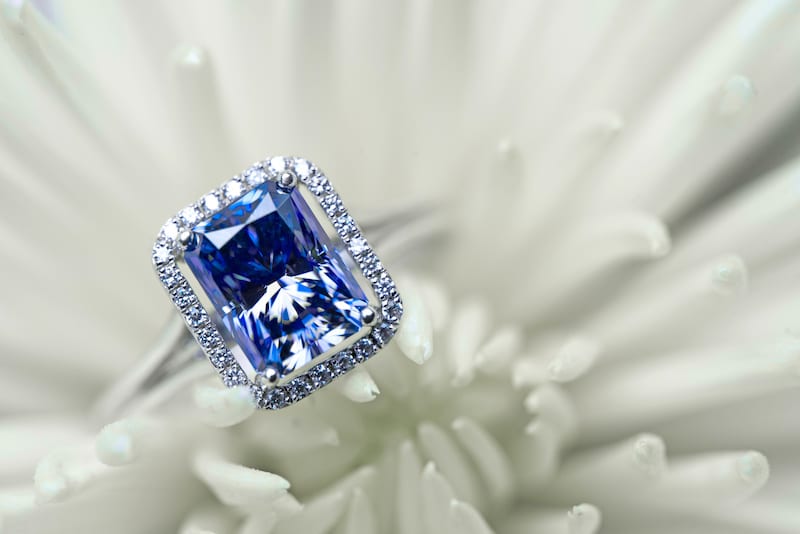Sapphires are associated with focusing the mind, maintaining self-discipline, and channeling higher powers. Throughout time, the September birthstone has been referenced in almost all religions.

Greeks wore sapphire for guidance when seeking answers from the oracle. Buddhists believed that it brought spiritual enlightenment, and Hindus used it during worship. Early Christian kings cherished sapphire’s powers of protection by using it in ecclesiastical rings.
Ancient Hebrews believed that the Ten Commandments were engraved on tablets of sapphire, though historians now believe the blue gemstone referenced in the Bible may have been lapis lazuli.
It was believed that this “holy” stone would prevent impure thoughts. Believers even went so far as to say it wouldn’t shine if worn by someone who wasn’t chaste. For royalty, it was assumed that sapphire gemstones would protect them from fraud, poverty, and bad decisions.
There are legends of the power of sapphire to heal physical wounds and disease. The simple method of placing a sapphire on the forehead was supposed to stop nosebleeds. Mixing the gemstone with milk was supposed to help sores and boils. People also made elixirs with sapphire to help calm the stomach and digestive tract and to heal internal ulcers.
Over time, sapphire began to symbolize love and commitment. For example, Britain’s Prince Charles gave Lady Diana a 12-carat blue sapphire engagement ring in 1981. This gemstone is now given as a gift for fifth and forty-fifth wedding anniversaries.
If you’re looking for sapphire jewelry to celebrate a September birthday or 5th or 45th wedding anniversary, find an American Gem Society jeweler near you.
NOTE: The above is intended to educate on the myth, legend, and historical lore of sapphire and is not meant to be interpreted as fact.